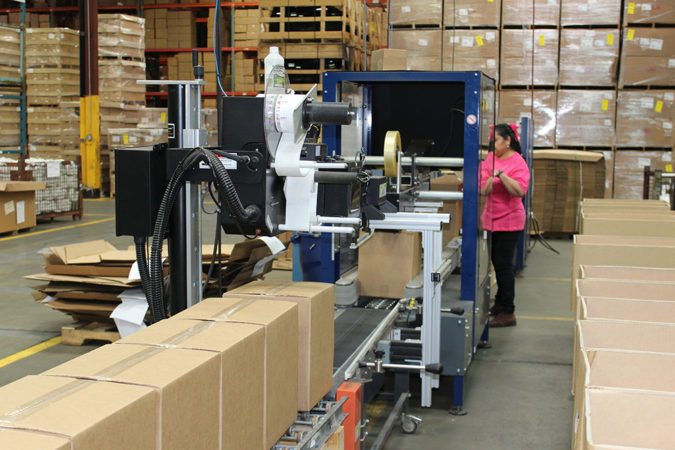IMARC Group, a leading market research company, has recently releases report titled “Solar Pumps Market: Global Industry Trends, Share, Size, Growth, Opportunity and Forecast 2023-2028.” The study provides a detailed analysis of the industry, including the global solar pumps market growth, share, size, trends, and forecasts. The report also includes competitor and regional analysis and highlights the latest advancements in the market.
What is Solar Pumps?
Solar pumps utilize electricity generated from photovoltaic panels and convert radiant heat from sunlight to operate. They produce direct current (DC) to power the motor for water pumping and generate alternating current through an inverter. Compared to the traditional alternatives, solar pumps offer several advantages, including eco-friendliness, flexibility, easy installation, consistency, affordability, low maintenance, and high reliability with minimal operational costs. In addition to this, these devices eliminate the need for electricity, enhance productivity by saving time, reduce labor requirements, and eradicate the dependency on external power sources, resulting in longer operating life. As a result, solar pumps find widespread applications across various sectors, such as agriculture, water management, and household.
How Big Is the Solar Pumps Market?
The global solar pumps market size reached US$ 2.39 Billion in 2022. Looking forward, IMARC Group expects the market to reach US$ 3.9 Billion by 2028, exhibiting a growth rate (CAGR) of 8.21% during 2023-2028.
Global Industry Trends and Drivers:
The escalating demand for water management solutions for crop irrigation and community water distribution and the significant developments in the farming industry are among the primary factors driving the solar pumps market. Besides this, the high environmental concerns, the rising consumer awareness toward the adverse effects of non-renewable resources, and the launch of several policies by the government bodies to reduce reliance on fossil fuels, such as coal and diesel, and mitigate greenhouse gas emissions are further augmenting the market growth. Moreover, the electrification of rural areas and the increasing need for water supply in remote locations, including deep well plumbing and livestock watering applications, bolster the usage of solar pumps to extract water from reservoirs while minimizing wastage, which are also catalyzing the global market. Apart from this, the shift towards clean and renewable sources and the extensive utilization of solar energy in industrial and residential infrastructures are acting as significant growth-inducing factors. Furthermore, the development of advanced devices by the leading players for electricity generation is anticipated to propel the solar pumps market over the forecasted period.
Solar Pumps Market Growth and Opportunities:
The solar pumps market is experiencing significant growth and presenting lucrative opportunities. The increasing demand for clean and sustainable energy solutions, coupled with the rising need for efficient water management in various sectors, is driving the adoption of solar pumps. Solar pumps utilize solar energy to pump water, eliminating the dependence on traditional grid-based electricity and reducing operating costs. They find applications in agriculture, irrigation, water supply systems, and livestock management, among others. The advantages of solar pumps, including reduced carbon emissions, low maintenance requirements, and long-term cost savings, make them an attractive choice for users worldwide. Furthermore, government initiatives promoting renewable energy and water conservation, along with favorable policies and financial incentives, are supporting the growth of the solar pumps market. With ongoing technological advancements and increasing awareness about the benefits of solar energy, the solar pumps market is poised for further expansion and offers a range of opportunities for manufacturers, suppliers, and service providers.
What Is Included In Market Segmentation?
The report has been segmented the market into following categories:
Type Insights:
- Submersible
-
- Alternating current (AC)
- Direct current (DC))
- Surface
-
- Alternating current (AC)
- Direct current (DC))
- Floating
Capacity Insights:
- Below 4HP
- 4-6 HP
- 6-8 HP
- Above 8 HP
Application Insights:
- Agriculture
- Water Treatment
- Others
Regional Insights:
- North America
-
- United States
- Canada
- Asia Pacific
-
- China
- Japan
- India
- South Korea
- Australia
- Indonesia
- Others
- Europe
-
- Germany
- France
- United Kingdom
- Italy
- Spain
- Russia
- Others
- Latin America
-
- Brazil
- Mexico
- Others
- Middle East and Africa
The report provides a comprehensive analysis of the industry key players listed below:
Alpex Solar Pvt. Ltd., Aquasub Engineering, Bright Solar Limited, C.R.I. Pumps Private Limited, Crompton Greaves Consumer Electricals Limited, Duke Plasto Technique Private Limited, KSB SE & Co. KGaA, Oswal Pumps Ltd., Rainbow Power Company Ltd., SAMKING Solar Pump, Shakti Pumps India Limited, Solar Power & Pump Company LLC, Tata Power Solar Systems Limited.









